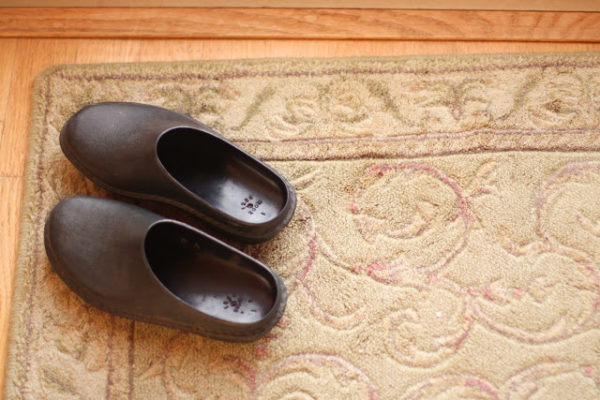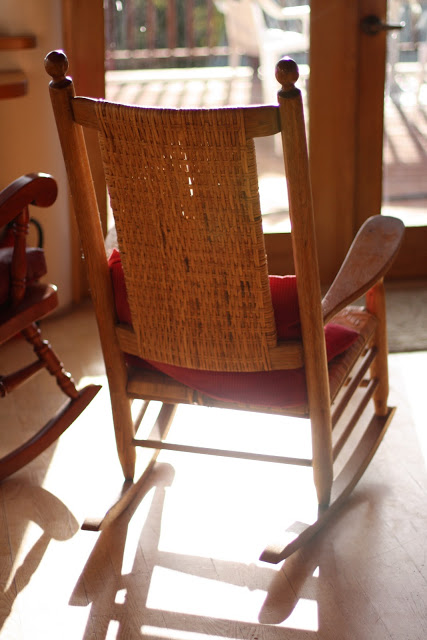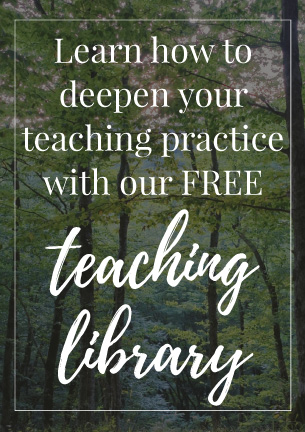Welcome to Saturday Senses! For the next twelve Saturdays I will feature one of the twelve senses. I am absolutely passionate about this model and what it provides in understanding how we process life. Actually, it is incredible to me that at the turn of the last century, Rudolf Steiner had realized we had more than the traditional five senses. He asserted we had twelve senses. Today, researchers have found from ten to nineteen senses in the human being – just google it and you will see the recent findings!

What is so powerful about Steiner's 12 senses model is the implications on teaching. It provides profound insights into what might be missing in a child's unfolding physical, emotional, spiritual and cognitive development. I have spent the last decade returning to this model over and over again in my teaching practice.
Today, I want to give you a quick tour and overview. Next Saturday, I will focus on the Sense of Life and look more deeply into how this sense shows up in a child's growth and development. Steiner held the twelve senses in a three-fold model. There are three spheres of senses:
The Lower Senses – “Sensation” Senses – The Physical Senses
The lower senses give us a certain consciousness of our body.
Focus of development of these senses is 0-7 years of age.
- Sense of Life – This sense allows us to experience our own constitution, whether we feel well or not (editic).
- Sense of Touch – This sense tells you something about the object you are touching and your sense of boundary (tactile).
- Sense of Movement – Gives us a sense of our joints and muscles when we move. It is development from sitting, crawling, walking (proprioception).
- Sense of Balance – Gives us our relationship to the three dimensions of space; above/below, right/left and front/back (vestibular)(orientation).
The Feeling Senses – “Perception” Senses – Soul Senses
These senses give us an experience of the world around us.
Focus of development for these senses is during 7-14 years of age.
- Sense of Sight – Through this sense we experience light, darkness, and colors.
- Sense of Smell – Through this sense we experience the quality of things (odors, scents, aromas, etc) and our relationship to them. Smelling is related to memory.
- Sense of Taste – Digestion begins in the mouth. Ideally, our sense of taste should teach us what is good for us. Tongue distinguishes different qualities of food.
- Sense of Warmth – This a two-fold sense, a temperature sense of hot and cold. We experience physical temperatures as well as soul warmth and coldness.
The Cognitive Senses – “Concept” Senses
These senses give us access to communicating our thoughts and feelings to others. Also called the social senses.
Focus of development is during 14 – 21 years of age.
- Sense of Hearing – Our ear has three main parts – the outer, middle and inner ear. Our sense of hearing allows us to differentiate sounds.
- Sense of Word (Speech) – Allows us to be aware of the language another human being uses to communicate with us. Allows us to grasp how language is used.
- Sense of Thought – The sense that gives one the capacity to understand, comprehend, and picture what another's thoughts convey.
- Sense of Ego – The sense that gives one the ability to be sensitive to someone's individuality.







Wow! I did not know this! Very interesting and insightful. Thanks for sharing this!
Well, you have my interest peaked! Can’t wait for next Saturday!
And don’t forget the interoceptive sense!
“The Interoceptive Sense:
The interoceptive sense refers to the “body-centered sensory systems”, the “near senses”, which operate without conscious thought and cannot be observed. The interoceptive sense relates to the “sensory nerve cells innervating the viscera (thoracic, abdominal, pelvic organs, and cardiovascular system), their sensory end organs, or the information they convey to the spinal cord and the brain.”
(from http://www.answers.com medical dictionary, 2007)
Therefore,the interoceptive sense includes input regarding the following:
heart rate
thirst
hunger
digestion
state of arousal
mood
temperature
respiration
bowel and bladder”
Source: http://www.sensory-processing-disorder.com/The_SPD_Companion-SPD-and-potty-training.html
I think for Dr Steiner’s framework, that is the Life Sense.
Ian T, (Waldorf teacher)
Hi!
This is really interesting! Where can I find the rest? It is so confusing to find something in the blog….
Awaiting your response,
Lorena
Thanks Sally
Very useful
It would be good to connect them with the twelve zodiacal signs for your readers,
Hi fairy dust teaching,
I am learning about the 12 senses and how it can relate to helping learning disabilities. All of the senses work together and the warmth sense or temperature sense has two sides to it
One side that is more physical and the other more on the soul feeling level like when feeling welcome.
Isn’t it wonderful allowing learning to be through the whole child? All the senses play such an important role in the life of a child!
Lovely read!!
Very insightful!